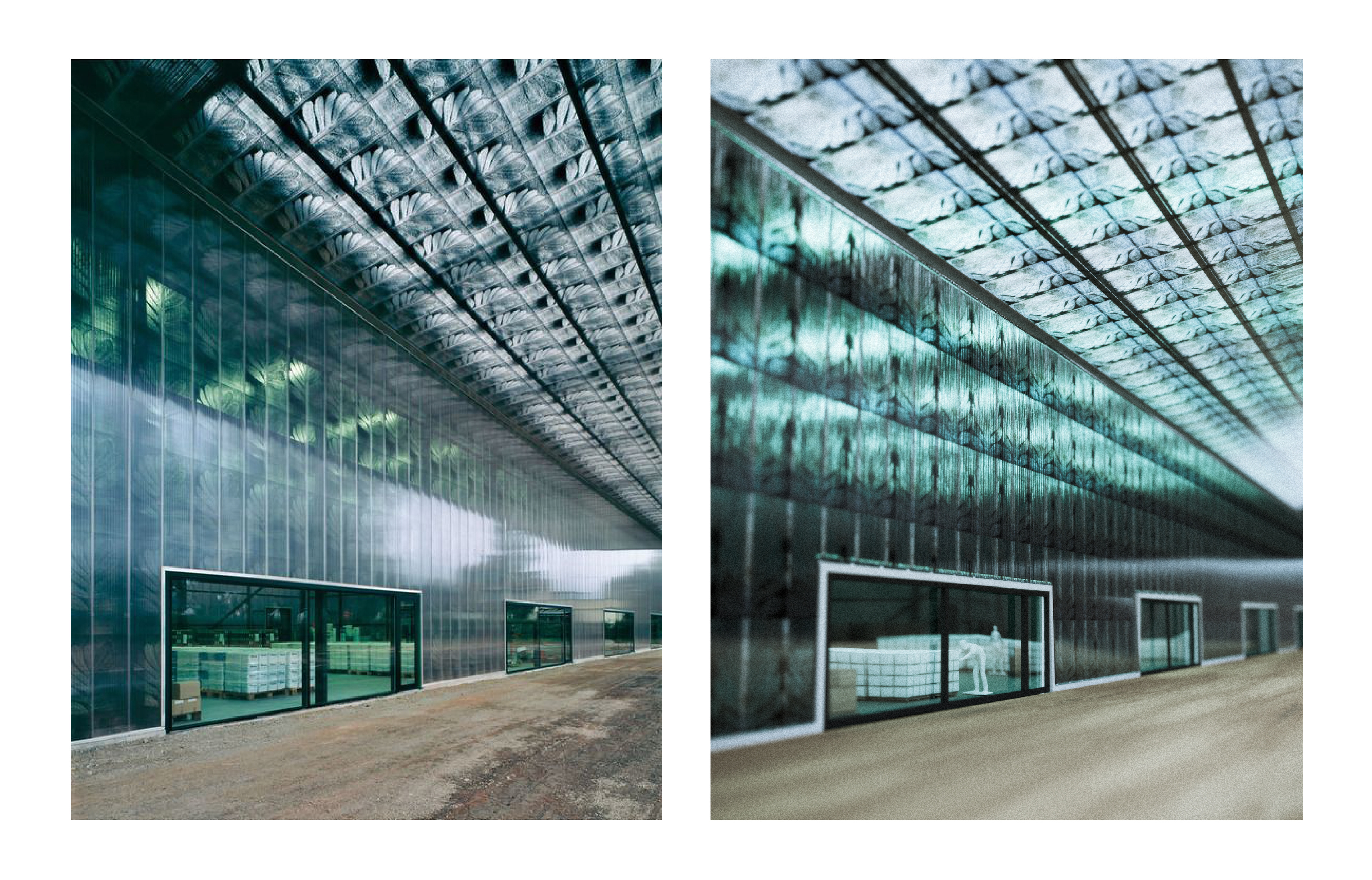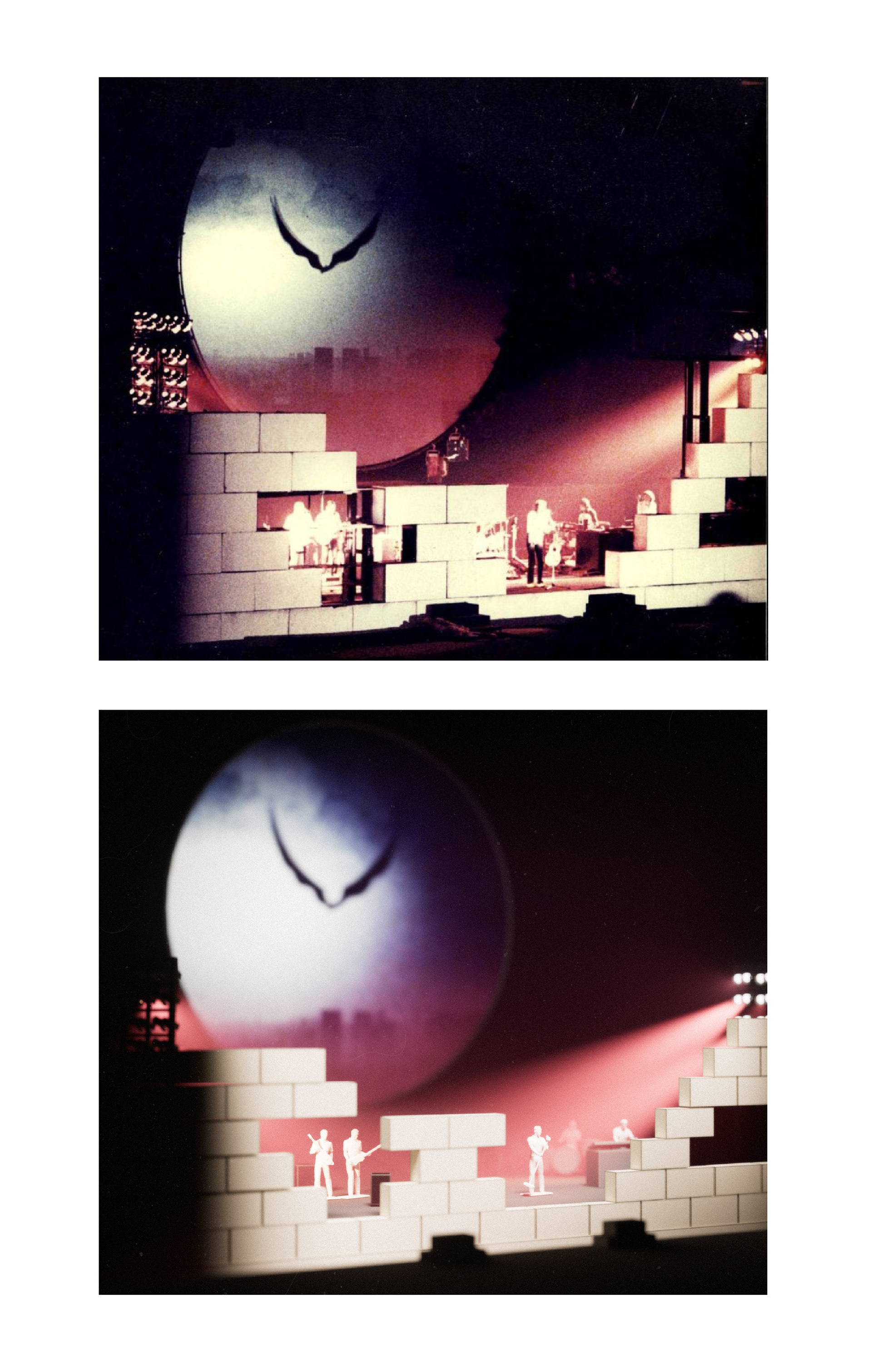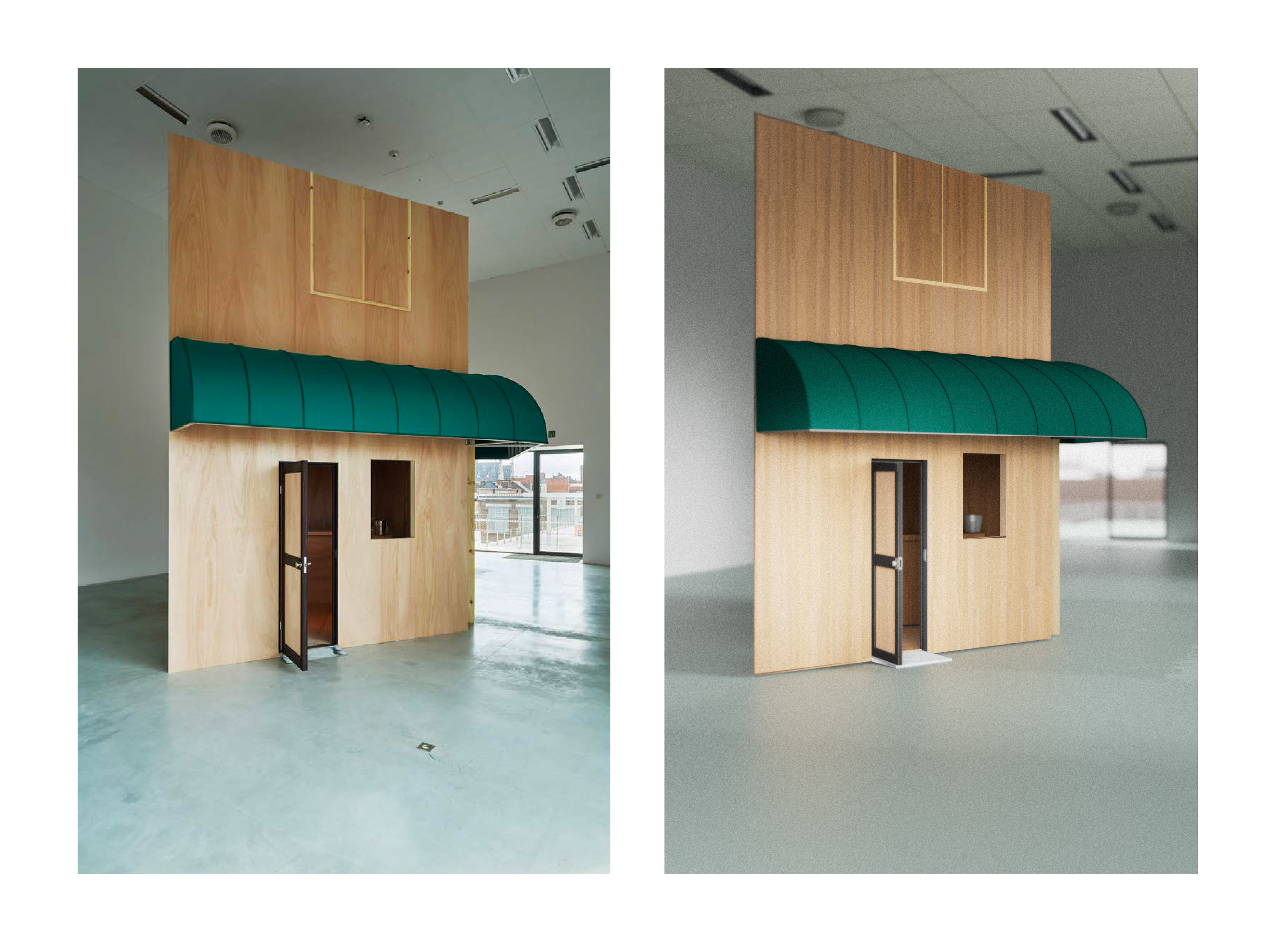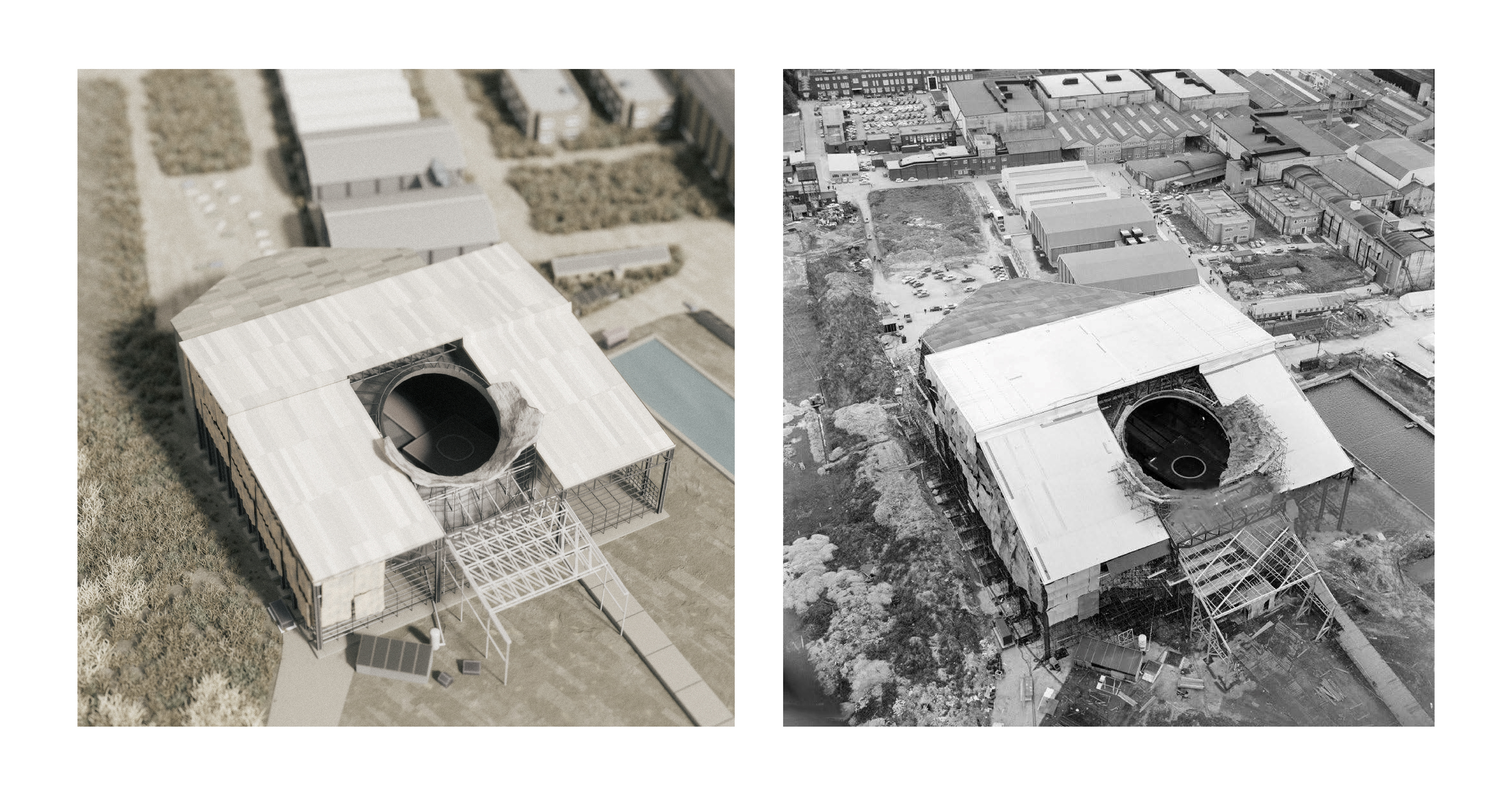The author of the project, Constance Vale, Assistant Professor and Chair of Undergraduate Architecture at Washington University in St Louis, commissioned a suite of digital illustrations for her upcoming book. The project entailed the recreation of 42 images, some iconic some obscure, through a fully digital medium. The primary task was to faithfully capture the essence and composition of the provided images while maintaining a consistent underlying aesthetic language across the collection. Through weekly meetings, we honed in on the specific art direction for the final product; a faithful recreation of the provided images that borrows the visual language of real world scale models. It is not immediately apparent to the viewer if the images are fully digital or actual scale models; these moments of obfuscation are an intentional link to the original images they were made to represent. Twenty-one of the final forty-two images are displayed below. The book is set to publish in 2023.
Comments by Constance Vale:
"Digital Decoys examines the social and political implications of the architectural decoys that have emerged in the age of imaging. This analysis is undertaken by framing a history of architectural mediation and representation in an expanded field encompassing military deceptions, dioramas, photography, tableau, simulators, and theater and film sets that reflect contemporary architectural debates. Connections are drawn from that history to a flexible taxonomy of architects working within images today to examine the ways in which they confront fictional objectivities, material frames, informational formats, accumulations of data, and operative interfaces. Content includes the author’s introduction, a historical index of deceptions, and contemporary analysis. This publication raises critical questions such as, how are ongoing technological developments in digital media reshaping how architects design and build? How is the role of the architect changing in light of digital interfaces? What are the potentials and perils of working within images that complicate understandings of the “real”? How might decoys reveal and challenge systemic inequities surrounding access, labor, identity, and value? At its core, “Digital Decoys” asks how images are transforming architecture as a discipline and practice and, by consequence, public life through a dualistic analysis of data and picture."
Made inside Cinema 4D with Redshift. Compositing completed in Photoshop.




















